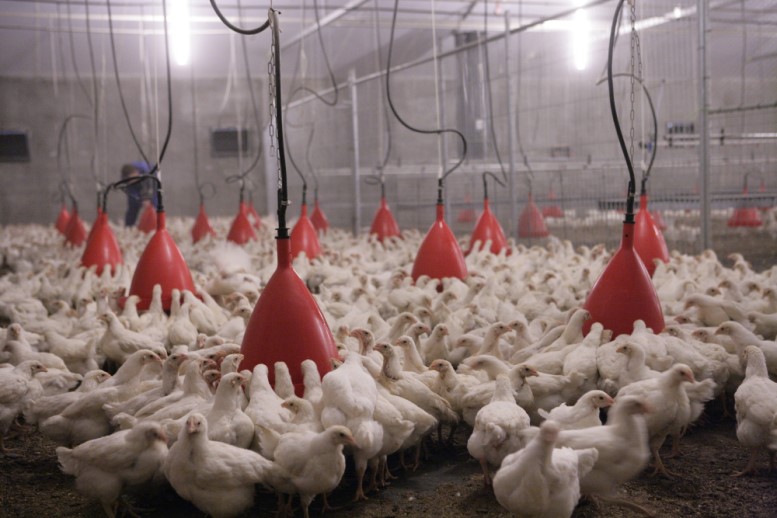Audit cycle changes for poultry across major UK farm assurance scheme

Poultry members of the UK’s largest farm assurance scheme, Red Tractor, are to face at least 2 audits in a 24-month period.
At least 1 of the audits will be a physical on-farm audit and is part of a drive by Red Tractor to balance the practicalities of poultry assessments with the need to maintain the high levels of biosecurity in the industry.
Iain Gardner, Red Tractor poultry sector chairman, outlined the reasons for the change in the frequency of assessments for the sector. In a letter to members, Gardner acknowledged that the last few years had been tough for the industry as they faced Covid-19, avian influenza, the Brexit transition and high inflation caused by high energy costs.
A promise to customers
But Gardner said the assurance scheme had to consider its promises to consumers: “As the severity of HPAI has increased, the sector has rightly moved toward a higher level of risk management regarding on-farm biosecurity. It is vital that farm assurance evolves in line with material changes in farming practice, as this underpins consumer confidence in the way UK poultry is produced.
“The Red Tractor promise to consumers is that our assessors check farms year-round. Now that Covid-related restrictions are firmly behind us, Red Tractor has been working over the past year with colleagues across the UK poultry supply chain to develop an appropriate level of audit which respect the requirement for on-farm biosecurity.”
Gardner said Red Tractor had now identified practical solutions for an audit cycle which guaranteed the integrity of the scheme for poultry members: “Red Tractor is constantly reviewing how best to verify compliance against our standards, so it is robust, practical and efficient. We will be monitoring the success of these changes over the next couple of years, but in parallel will be looking at how we can improve our systems using data, technology, other intelligence, and risk-based approaches to ensure proof of compliance meets industry and consumer needs for the future.”
What audits will look like
Between mid-November and mid-April, audits may have to be conducted off-site to reduce the risk of the spread of avian influenza between farms. However, the sector board has agreed that, where necessary, on-farm audits can be conducted within these months and under certain conditions, such as within the last 72-hour period before depopulation or where assessors do not enter the bird area for scenarios where flocks are due to be depopulated, such as parent stock or seasonal turkey.
Under the new cycle, members should not expect an audit at the same point every year or a consistent average between audits. The maximum interval between audits will be no more than 21 months and the minimum 6 months.













